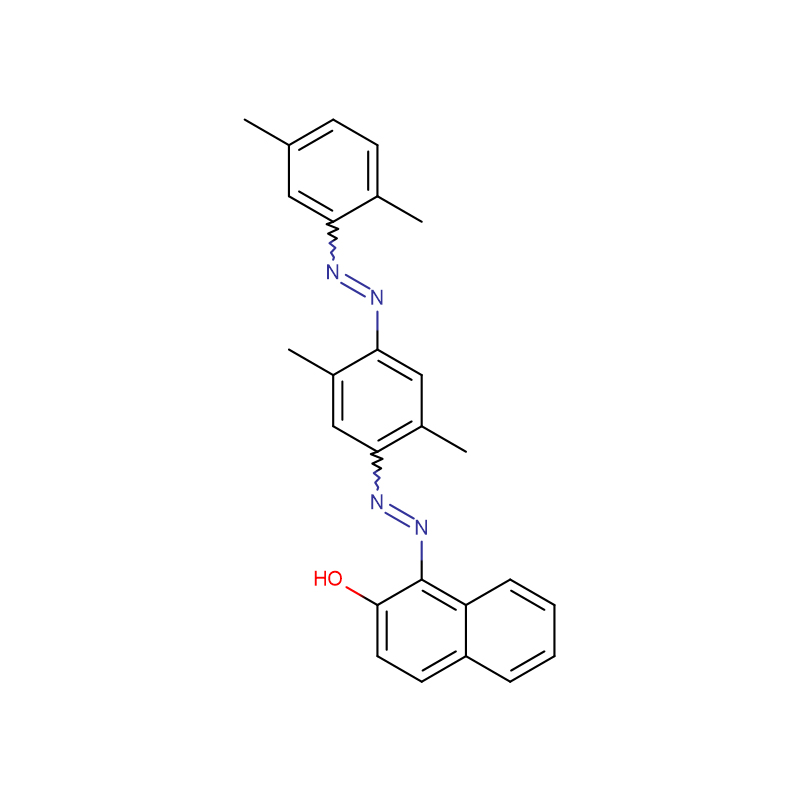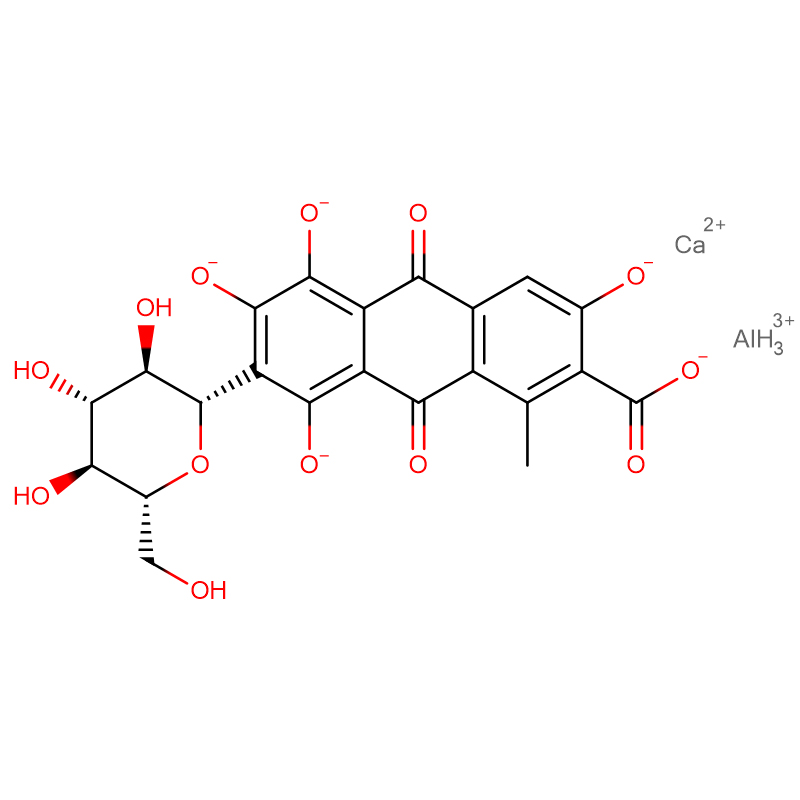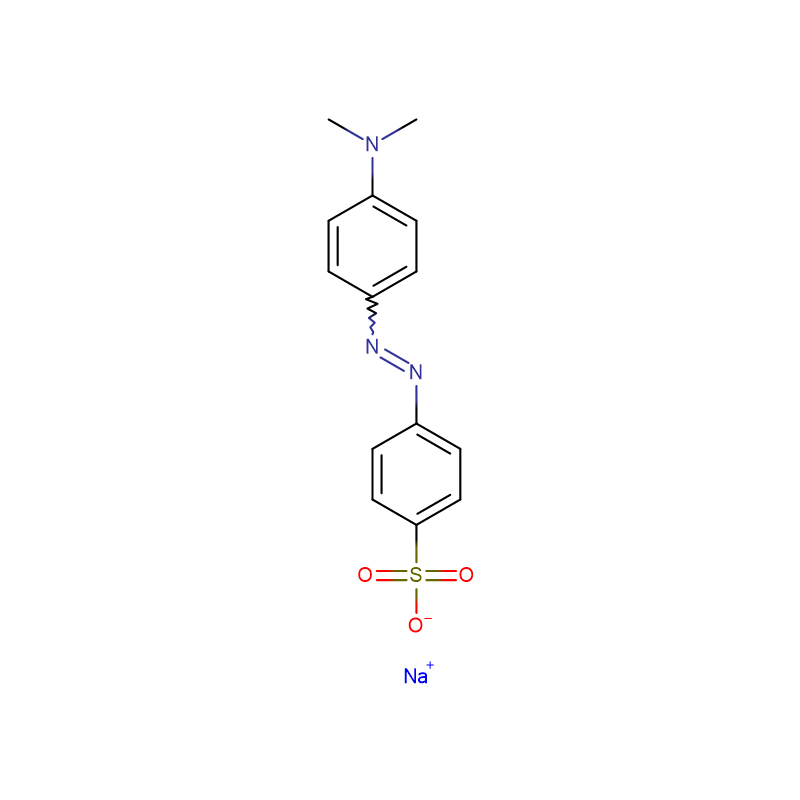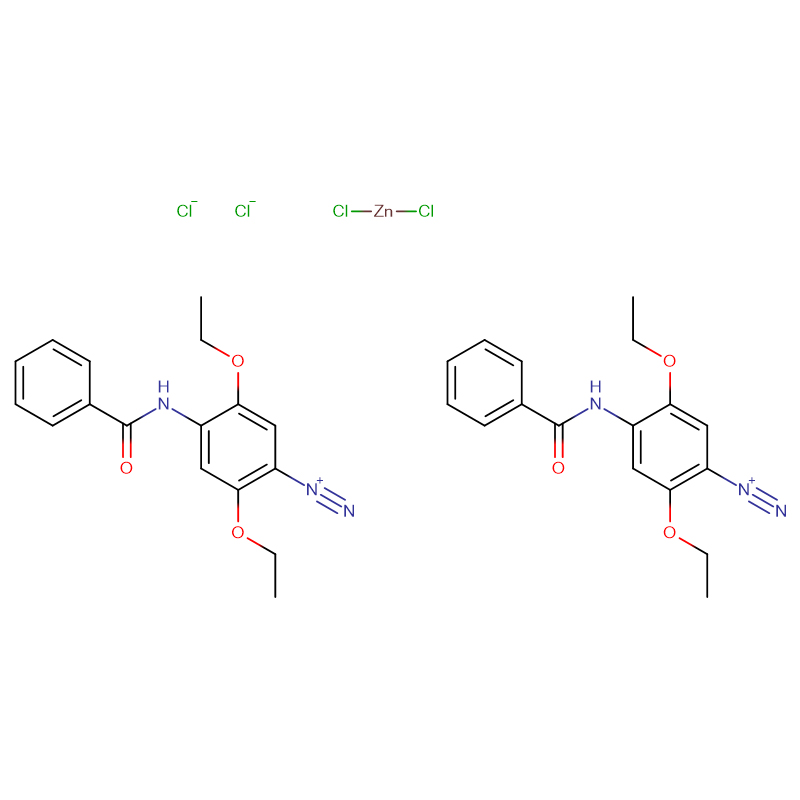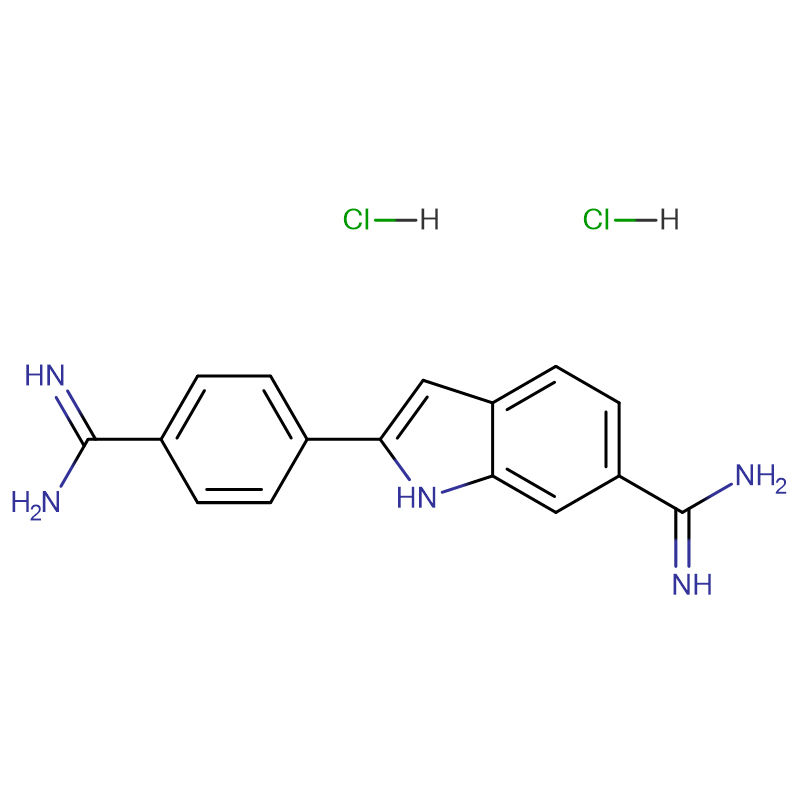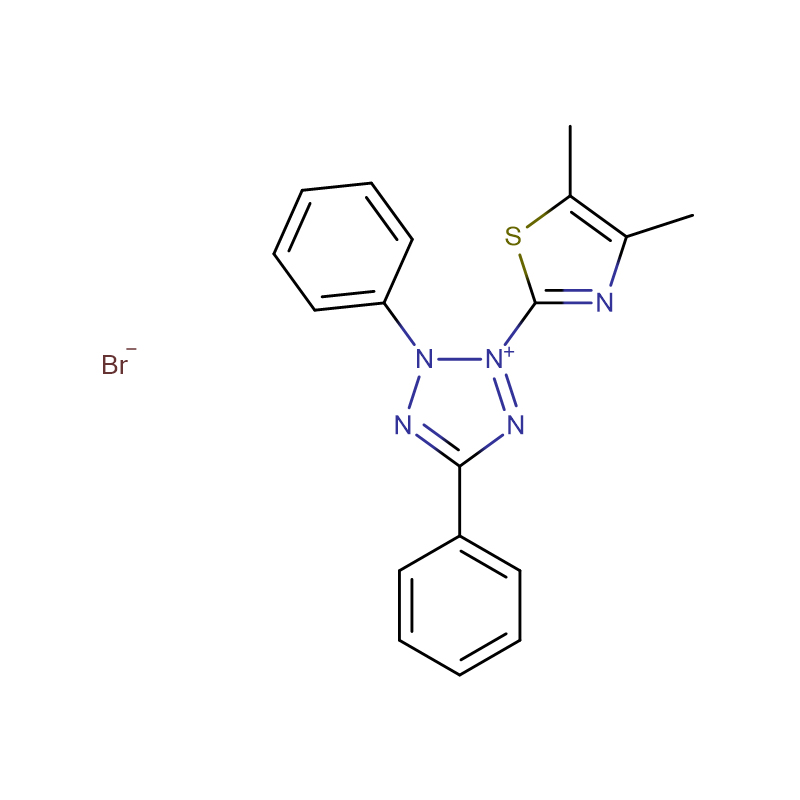3,3′,5,5′-Tetramethyl-[1,1'-biphenyl]-4,4′-diamine Cas:54827-17-7 99%
| Catalog Number | XD90518 |
| Product Name | 3,3',5,5'-Tetramethyl-[1,1'-biphenyl]-4,4'-diamine |
|
CAS |
54827-17-7 |
|
Molecular Formula |
C16H20N2 |
|
Molecular Weight |
240.34 |
| Storage Details | 2 to 8 °C |
| Harmonized Tariff Code | 29215990 |
Product Specification
|
Appearance |
White, off white to grey or yellow powder |
|
Assay |
>99% |
|
Loss on Drying |
<2.0% |
|
For research use only, not for human use |
research use only, not for human use |
Ricin toxin (RT) is the second most lethal toxin known; it has been designated by the CDC as a select agent. RT is made by the castor bean plant; an estimated 50,000 tons of RT are produced annually as a by-product of castor oil. RT has two subunits, a ribotoxic A chain (RTA) and galactose-binding B chain (RTB). RT binds to all mammalian cells and once internalized, a single RTA catalytically inactivates all of the ribosomes in a cell. Administered as an aerosol, RT causes rapid lung damage and fibrosis followed by death. There are no Food and Drug Administration-approved vaccines and treatments are only effective in the first few hours after exposure. We have developed a recombinant RTA vaccine that has two mutations V76M/Y80A (RiVax). The protein is expressed in Escherichia coli and is nontoxic and immunogenic in mice, rabbits, and humans. When vaccinated mice are challenged with injected, aerosolized, or orally administered (gavaged) RT, they are completely protected. We have now de veloped a thermostable, aluminum-adjuvant-containing formulation of RiVax and tested it in rhesus macaques. After three injections, the animals developed antibodies that completely protected them from a lethal dose of aerosolized RT. These antibodies neutralized RT and competed to varying degrees with a panel of neutralizing and nonneutralizing mouse monoclonal antibodies known to recognize specific epitopes on native RTA. The resulting antibody competition profile could represent an immunologic signature of protection. Importantly, the same signature was observed using sera from RiVax-immunized humans.


![3,3′,5,5′-Tetramethyl-[1,1'-biphenyl]-4,4′-diamine Cas:54827-17-7 99% Featured Image](https://cdn.globalso.com/xdbiochems/54827-17-71.jpg)
